The Captain hooks up with legendary long-time game-fishing skipper, Tim Dean. We’re on board his 47ft O’Brien, armed to the teeth with an arsenal of Raymarine wizardry. Along for the ride are a couple of RAAF veterans, one hoping to nail his first marlin.
Tim Dean is one of the east coast’s more recognisable skippers. Big, bold and bushy, he and his boat Calypso can be found all along the east coast up to Cairns and Lizard Island for the heavy tackle season. Today, he’s been kind enough to invite us along to an annual adventure he helps run for the Soldier On veterans’ support organisation. An armada of 18 boats is taking 60 vets out for a taste of marlin hunting. Ready, aim…
It’s just after 7am when Tim picks up the vets from the marina. Clambering up to the flybridge, The Captain plonks next to Tim in the flybridge to chew the fat. Turns out he’s a blow-in from the south, born and bred in a little town called Adelong at the foot of the Snowy Mountains. He began his fishing career tickling trout in the Snowys, but caught the game-fishing bug on the NSW south coast.
DON’T TELL YOUR MOTHER
“I started fishing in Bermagui with my dad, initially bream and flathead, but it was always about the tuna and marlin with him,” he recalls. “Back then, if you caught a marlin that was something God had sent.”
Tim learned the ways of the sea on his dad’s 16ft Savage. Apparently the old man didn’t let little things like rough weather get in the way of a good day’s fishing. “They used to stand up and clap in the pub when he walked in after being out in a southerly buster,” Tim recalls. “Sometimes, he’d have to tie me to the seat so I wouldn’t go overboard. He’d always say, ‘Don’t tell your mother!’”
Turns out there was money in big fish. “Tuna was always the big thing down the south coast. You caught a tuna and left it on the deck, but then along came the Japanese and away it went — people started looking after them.”
After the Savage, his dad bought an 18ft Shark Cat. “We went up to Narooma a fair bit then.”
A 36ft Dominator was next. “That was the first Calypso,” Tim says. “My mum, Patty, came up with that name — it might have been a John Denver thing.”
The family migrated north to Port Stephens in the mid 1980s and Tim fished his first inter-club in ’85. “Coming to Port Stephens got us real marlin-focused, with this club and this tournament, I loved it — that was me, done.”
Two and a half times bigger than Sydney Harbour in water volume, the only drawback to Port Stephens, according to Tim, is that it’s just two hours from Sydney. “The city migrates up here in the summer, but why wouldn’t they?” he says. “It’s a blue-water paradise — beautiful and unspoilt. The marinas can hold a lot of boats, the big tournaments are here — it’s got everything you could want.”
CHARTER BOAT BOOGIE
Happily settled in Port Stephens, Johnny, Tim’s dad, bought his first survey vessel, a 43ft Steber, and jumped into the charter boat biz. When Johnny retired, Tim bought a 40ft Black Watch survey boat, then a 43ft O’Brien, before his current 47ft purpose-built charter vessel, which he reckons will be his last. “I often talk to Bec, my wife, about what we’re going to do when I’m a bit older, but this is our caravan,” he says.
16ft Savage
18ft Shark Cat
36ft Dominator
43ft Steber
40ft Black Watch
43ft O’Brien
47ft O’Brien
Pretty much everything has been replaced or re-powered in the 2008 vintage vessel. “When I bought the boat I wanted to get the heartbeat right, the engine room. So I put in new engines, a new genset, new boxes. I put in new electronics from the guys at Raymarine. Probably the last thing we’ll do is give it a respray at some stage.”
After having a stickybeak, The Captain’s crew rate Calypso as a pretty spectacular live-aboard boat, with a stateroom forward, plus identical ensuites and bunk rooms each side. “When we’re on the reef, I sleep up here on the bridge,” Tim explains. “The crew sleep in the salon and the guests have the front end of the boat — so all the farting and snoring is their own.”
The generator runs all the electrics and cooking gear — although Tim says cooking on the reef is pretty well a barbecue and frypan affair. “If you can’t cook what you need with those two things, you’re not doing the job right.”
When The Captain suggests charter boat skippers sometimes have the whiff of piracy about them, Tim doesn’t exactly disagree. “You’ve got to be a pirate of some description running marlin fishing charters. You roam up and down the whole east coast and you often have to rely on yourself. When you get up past Cooktown, you’ve got to be self-sufficient — there’s no handy marina to pull into.”
He’s the first to admit that in days gone by, life at sea was somewhat less, er, restricted. “Back in the day, drinking out at sea, it used to be the cane syrup, the Bundy rum, but everyone’s moved on. The saying used to be that beer will get you into the fight and rum will make you think you can win it. But seriously, our regulations are tighter than anywhere in the world, which in some ways is good because it means our boats are up to high standards. But we’re over-regulated. This is a survey vessel, it’s got a lot more safety features than private boats and we’re out at sea all the time. Work it out for yourself where the focus should be.
Tim describes the charter business as “long, exciting, good times, bad times, going half-mad times. You see people off after a seven-day trip, turn around and there’s your next charter.”
It can be relentless, with precious time in port spent doing laundry, washing the boat and servicing engines. Fuel, food and stores are taken aboard, you turn around in 10 hours and head back to sea. “Certainly, anyone who’s done a full-on marlin season — that’s 80 to 100 days straight — knows it. It’s a big ask on everyone — your boat, your crew and trying to keep it real for your people.”
Clients are as important as the fish they’re chasing. “Keep smiling, control what you can — your boat, the food, the cleanliness. If the fish turn up, the rest is gravy. If the bite shows up, we’re ready to go.”
Tim says long years in the industry have given him more patience and an ability to roll with punches. “You get seasoned to it. I’ve learned to celebrate the losses as much as the wins. Every day you’re learning something. You have to be proactive with your maintenance and decision-making, other times you have to be reactive because something you didn’t see coming can quickly go wrong.
Despite what many may think, game fishing up on the reef is not a game for lone wolves. “The fleet look after each other,” Tim says. “That 150-mile section is a big area to cover and if you’re not on the bite, you could be right next to it and not know it’s on the next point. When the fleet’s there, everyone knows what’s going on. The bite turns up and so do 15–20 boats and everyone has good fishing. If something goes wrong, then someone’s there to help you. You rely on each other — there’s not a hell of a lot of us up there doing it and COVID took its toll.”
That said, it never gets too touchy-feely. “The captains are a competitive bunch and so are the anglers — they’ll seek out another charter if they think you can’t do the job for them. The key to it is getting to know each other — your clients, the way they fish and the way you fish.”
Tim is Raymarine to the core. He’s got 12, 16 and 24-inch screens on the main helm and two 12s in the flybridge, fed by LMW 40-degree and 275 wide-beam transducers, each with a processor. The high-definition radar is a secret weapon. “This thing will look up a fly’s arse at 15 miles and I can mark birds with it out to eight miles,” he says. “So when you’re trolling off the Coral Sea, leave the reef edge and go looking for that tuna aggregation, you find the birds, you find the tuna and the big blacks — and if you’re not up to speed on how to tune it, the auto mode is incredible.”
He’s also got a FLIR night vision thermal imaging camera and claims Raymarine is pretty much idiot-proof. “It’s user-friendly — that’s what I’ve always liked about their gear, they’ve always had the fewest buttons to press. If something needs to be changed out or upgraded it’s just unplugging a couple of leads. I’ve travelled a lot of miles and it’s never let me down — and I like coming home. We haven’t lost anyone for weeks and I want to keep that record intact,” he jokes, er, we think.
Tim likes to mix it up with the sounders and scanners. “You could spend all day messing around with it, but I typically run the high CHIRP and maybe a 50kHz inshore, just looking at different parts of the water. When I’m out wide, I’ll run a low CHIRP, top to bottom with a bit of zoom — and I’ll run a higher frequency for the top 60m, just to get a good picture of what’s happening on the top. On this gear, the standard 200 marks the marlin and tells you exactly what’s going on. It’s not crisp and clear-cut like a CHIRP mark, but it’s big and bold, you’ll definitely see it.”
Despite Tim’s Raymarine addiction, he’s still old-school enough to advise serious fishos to check out the environment. “You should be looking at the water, at the birds, at the bait — there’s nothing better than sticking your head over the side.” In a moment of reflection, he says. “It’s all about the fish really, they’re the heroes. Without them, we don’t exist.”
TIM’S RAYMARINE ARSENAL
5 x Axiom Pro and Axiom XL multifunction displays
CP200 CHIRP sonar
CP570 Professional CHIRP Sonar Module
RealVision 3D technology
Powered by the LightHouse 3 operating system
Evolution autopilot
Open Array radar with Bird Mode and ClearCruise Augmented Reality
FLIR M-Series thermal cameras
*Tim has the option to add a drone to his information-gathering arsenal and control its operation and view its camera directly on his MFD using Axiom UAV
To keep things on a level keel, Tim installed an ARG 250T stabiliser into his O’Brien. “The Barrier Reef will really expose weakness, but the way this boat’s set up, the gyro really suits us,” he says. “It looks like a generator, weighs about 700kg and spins at 4000RPM. With centrifugal force, as your boat heels over it dampens the roll and brings you back. When you’re getting up that tower for 100 days straight, anything you can do to make it a bit easier on yourself and the boat is worth it.”
After a long day on the big blue — scoring a black marlin for our troubles — we’re heading back to port with a couple of very contented vets, Tim enlightens us further on the mystery of the marlin. “Predominantly it’s a live bait fishery,” he says. “When there are lots of them and not as many boats you can get away with skip baits and teaser fish, but blacks like to hang on those reefs, up-current where the bait sits, like most major pelagics. There are swarms of them when the currents are right. And there are so many spots just north of here around Broughton Island, all those little reefs and up to Seal Rocks.”
The season has just begun but he’s confident things will only get better. “The bait is starting to show on those inshore reefs. We’re seeing all the good stuff now with La Nina. Lots of freshwater out of those big rivers dirties the water up a bit, but black marlin don’t worry about dirty water too much, as long as they’ve got a feed — you’d catch them in a sewer if there’s bait there.”
SOLDIER ON
This annual fishing event is veteran support group Soldier On’s largest national social connection activity. It supports the mental health and wellbeing of veterans and their families and has grown considerably since its first year, when it attracted 11 participants across three boats. A big reason for that is the organisational skill of Tim Dean and Calypso Fishing Adventures, who helped set up the event, recruiting vessels and skippers, and bringing everything together on the day.
Tim doesn’t big note himself. “Like I keep saying, we send them, we’ve got to mend them — and a day out fishing helps. It’s a real privilege for us to take them out and show them what we do.”
The seventh annual fishing day was certainly a ripper for ex-RAAF sergeants Phil and Paul. “The biggest fish Phil had ever caught was a snapper and all he wanted to do was catch a marlin,” Tim says. “He did that — a black marlin that jumped its arse off around the boat. He was so stoked, you couldn’t punch the smile off his face, and Paul was chuffed as well. That’s what it’s all about — and even if we didn’t catch a fish, we still would’ve had a cracker day.”
In fact, the boys were so stoked they organised an impromptu fighter fly-past. “I don’t know too many blokes who have mates with fighter jets,” Tim says. “It’s pretty cool. They made a call and next minute the jets were flying over the top of us!”
Calypso was built by Peter and Leigh O’Brien in Townsville, Far North Queensland in 2008. She’s powered by twin 660HP Cummins. The O’Brien crew have many years at sea themselves, including owning a handful of game-fishing records. Their goal is to build vessels that are fast, strong, economical to run and easy to maintain.
Length: 14.33m (47ft)
Beam: 4.73m (15.5ft)
Deadrise: 16º
Draft: 1m
Hull weight (loaded): 22,000kg
ENGINE SPECS
Make: Cummins
Model: 2 QSMII 660HP
Type: In-line 4-stroke diesel
Displacement: 10.8L
Weight: 1,188kg (2,620lb)
Replacement value: $2.5m
The Worimi are the traditional owners of the Port Stephens area. Being a coastal environment, fishing was always pretty important. Women used fishing lines and fished from canoes, while men speared fish from canoes and the shoreline. Lines and nets were made by women from fibre scraped from the bark of the kurrajong tree. A hardcore local custom, observed as recently as the 1860s, was the practice of amputating part of the little finger of young girls to mark them out as fishers — the idea being this would communicate their power to the fishing gear. Fishhooks were made from oyster and turban shell, and spears from the stem of the gymea lily or grass tree, tipped with ironbark prongs. Canoes were constructed from stringybark bark, the ends plugged with clay, and paddles of seasoned hardwood. Centuries of local knowledge meant the Worimi were always on the bite. For instance, they always knew when the mullet were running thanks to watching hairy grubs, which would attach themselves to each other to form a line up to a metre long. And they’d never go night fishing at Fame Cove — it was taboo, for fear of shark attacks. Smart. The Worimi were also wary of blood falling into lakes or rivers from a wound. This was thought to cause big storms resulting in the destruction of fishing stocks.

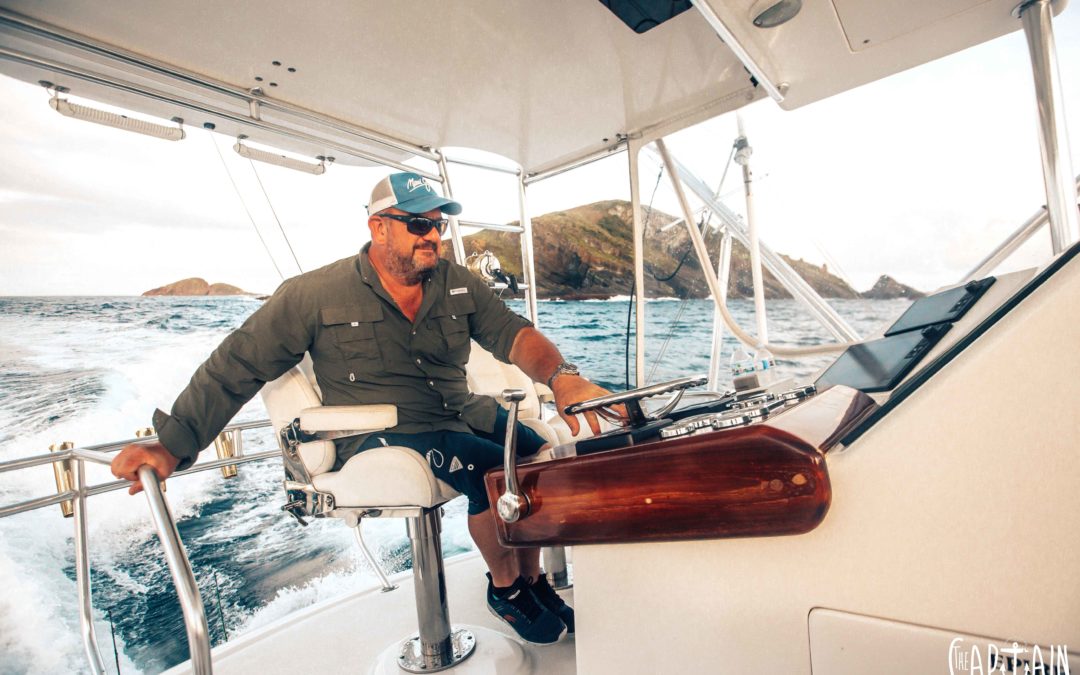
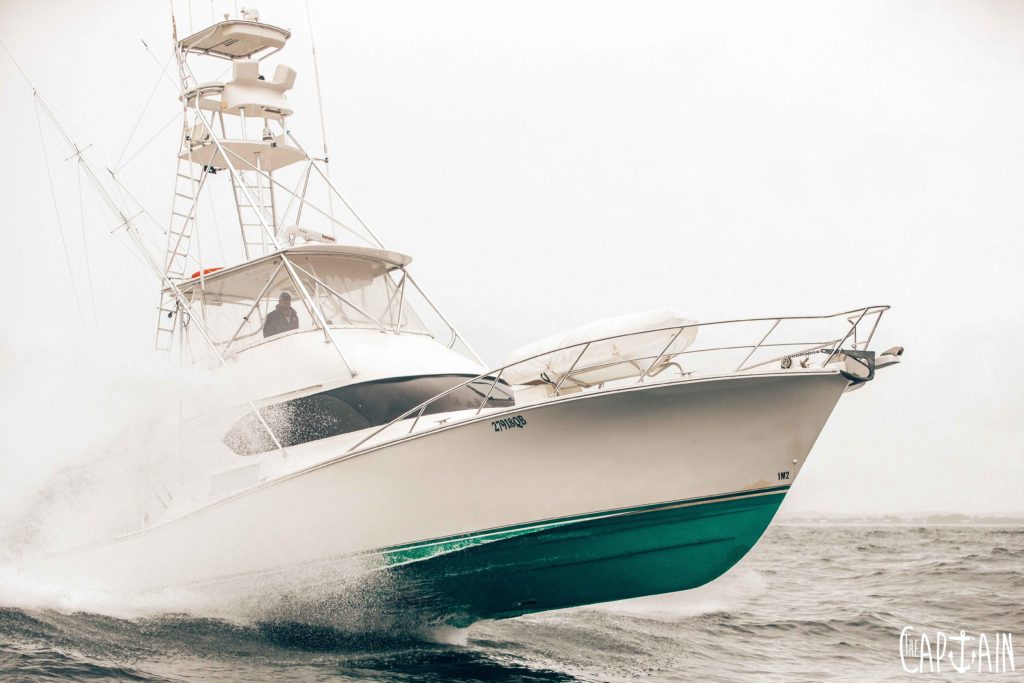
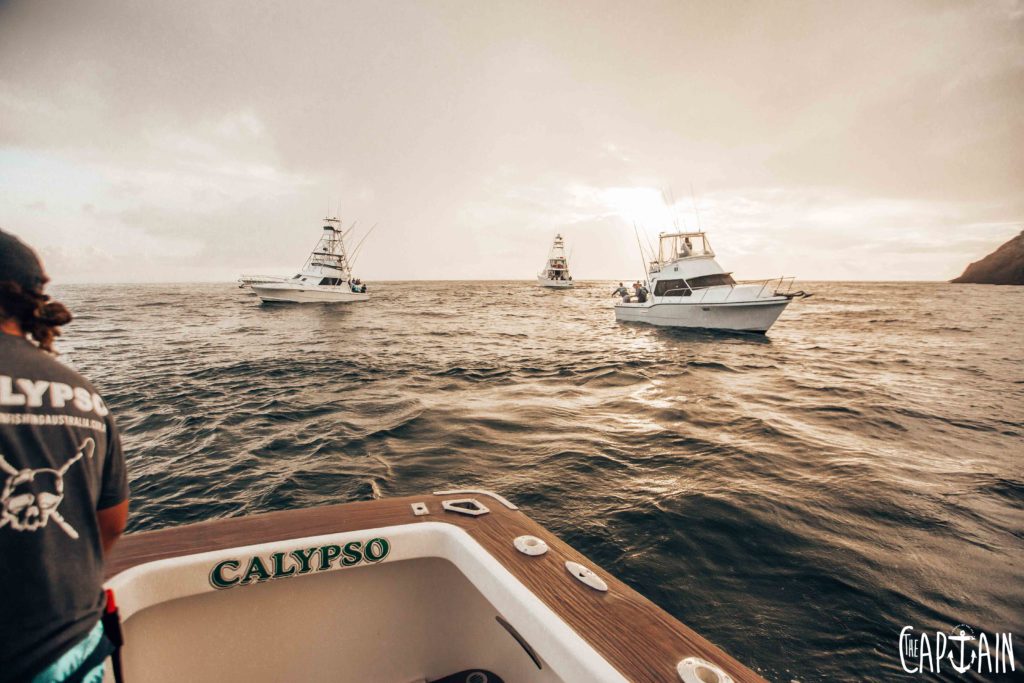
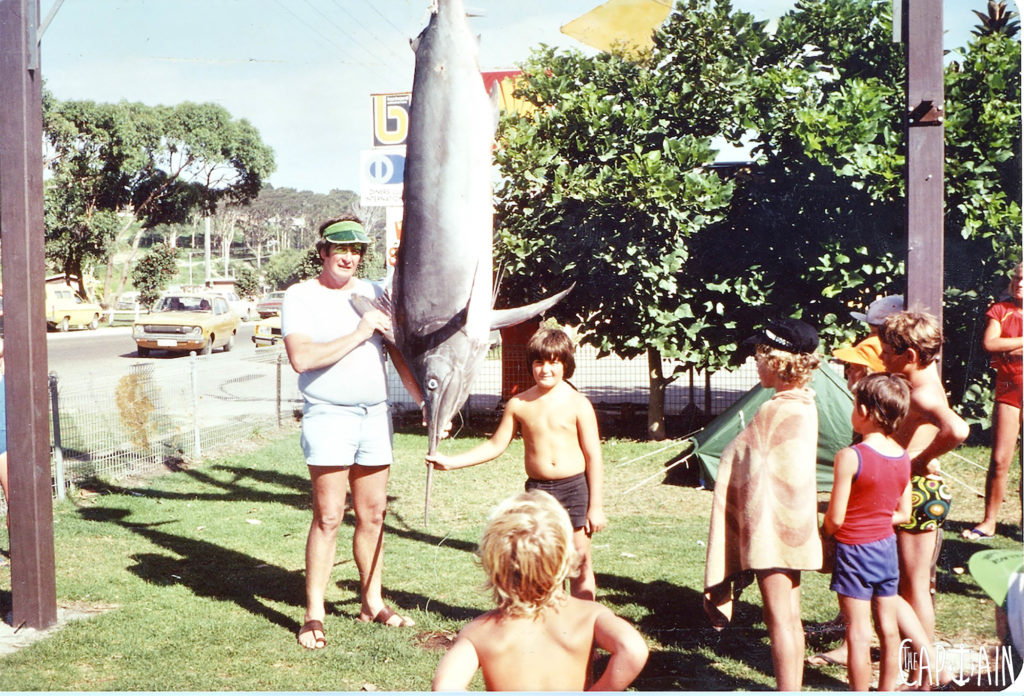
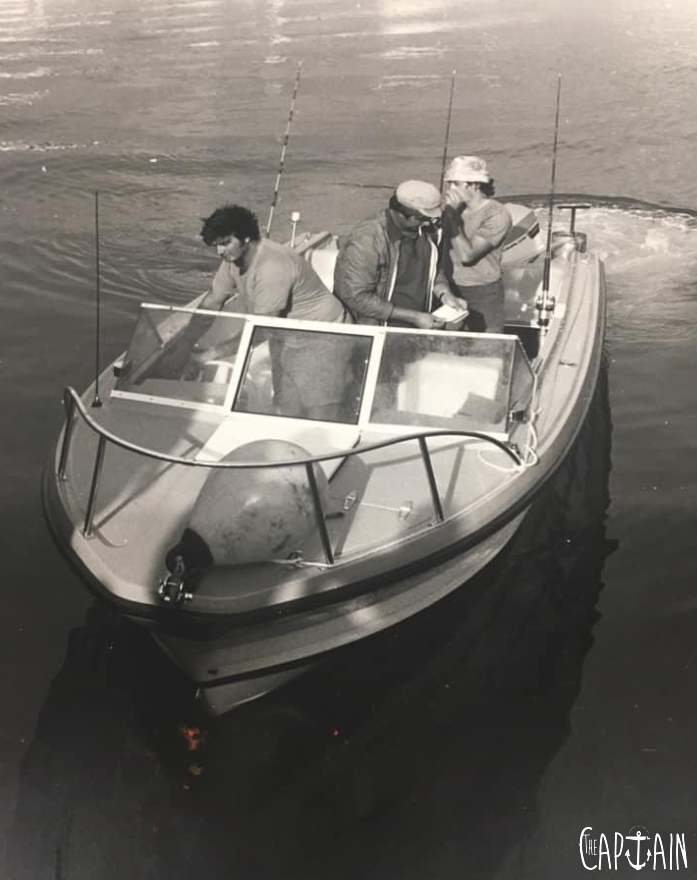
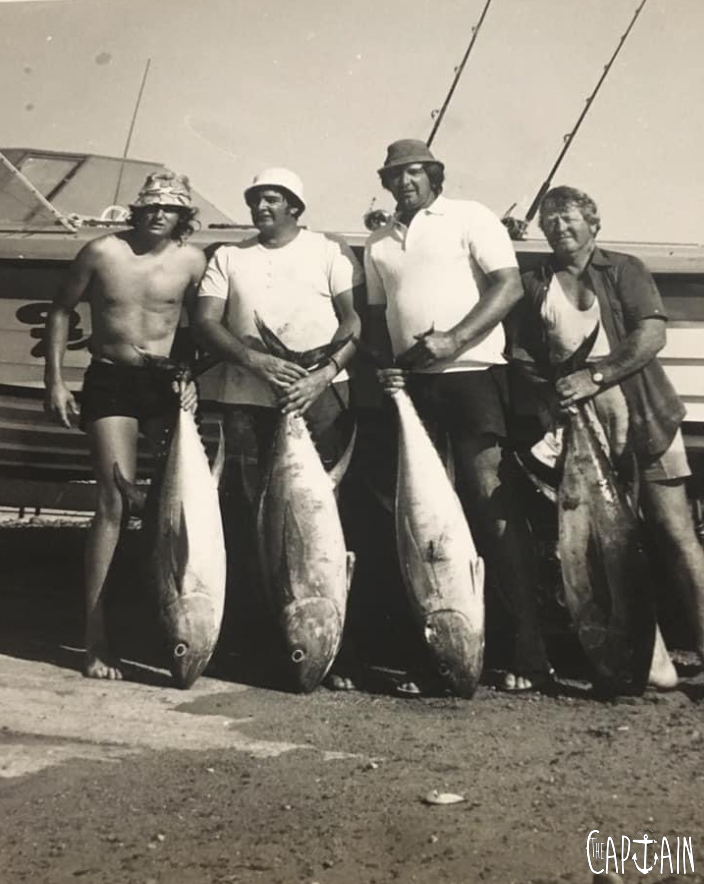
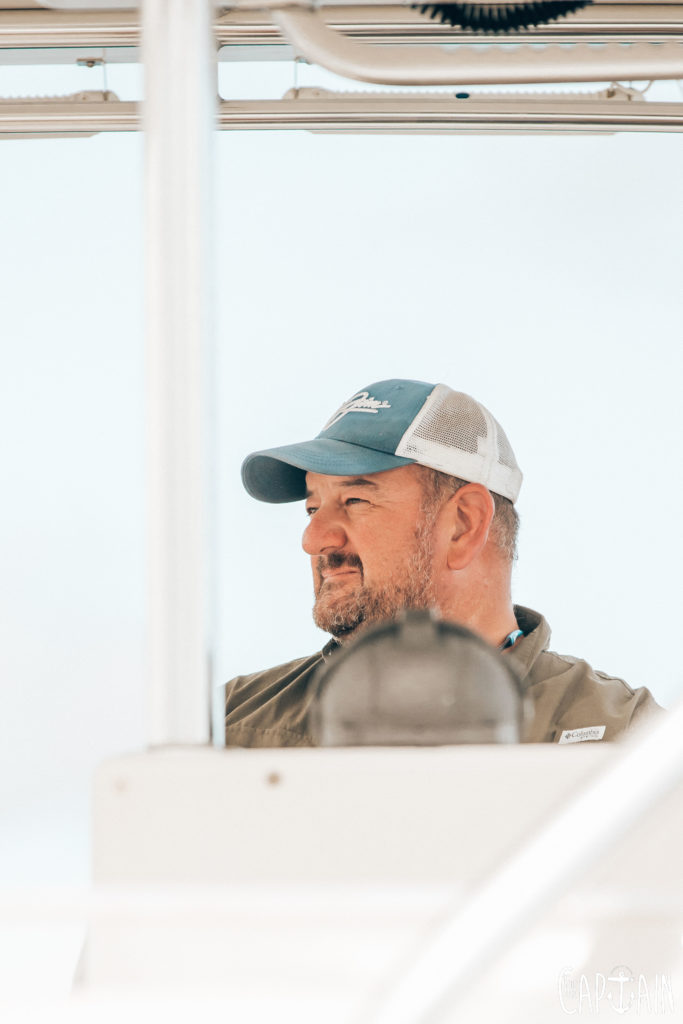
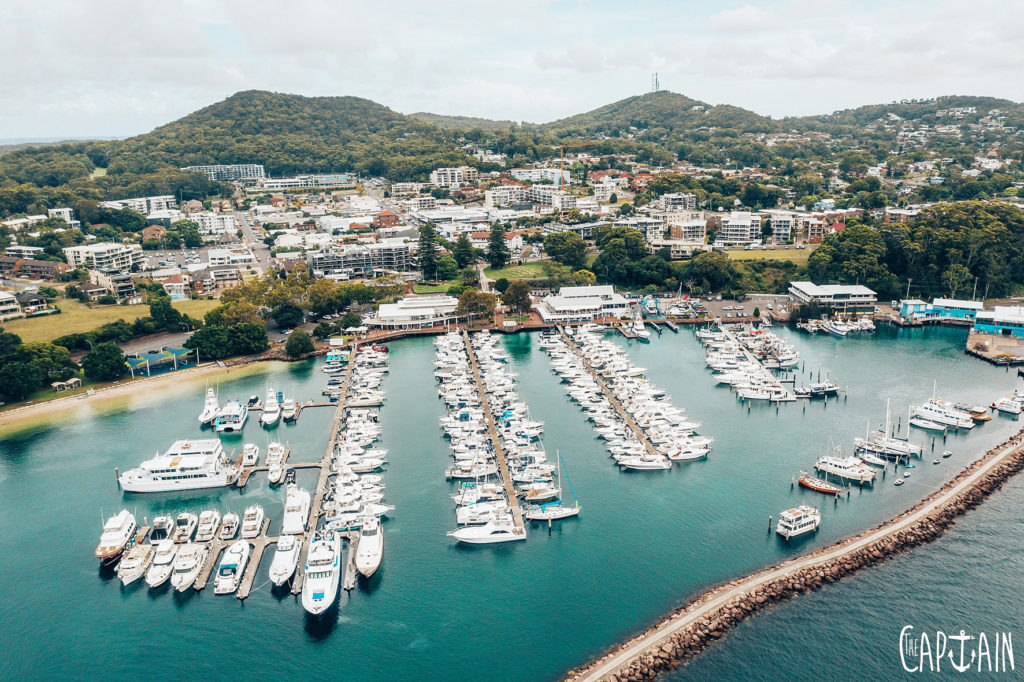
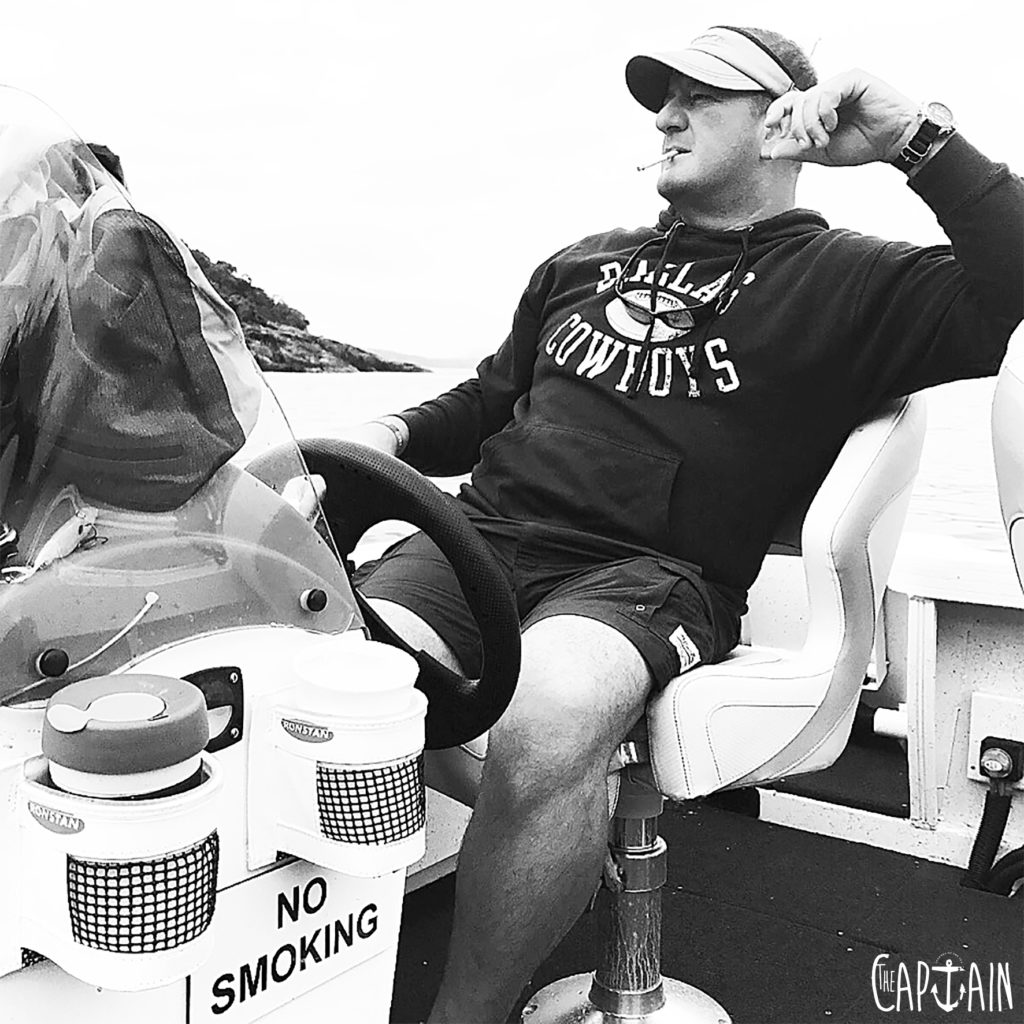
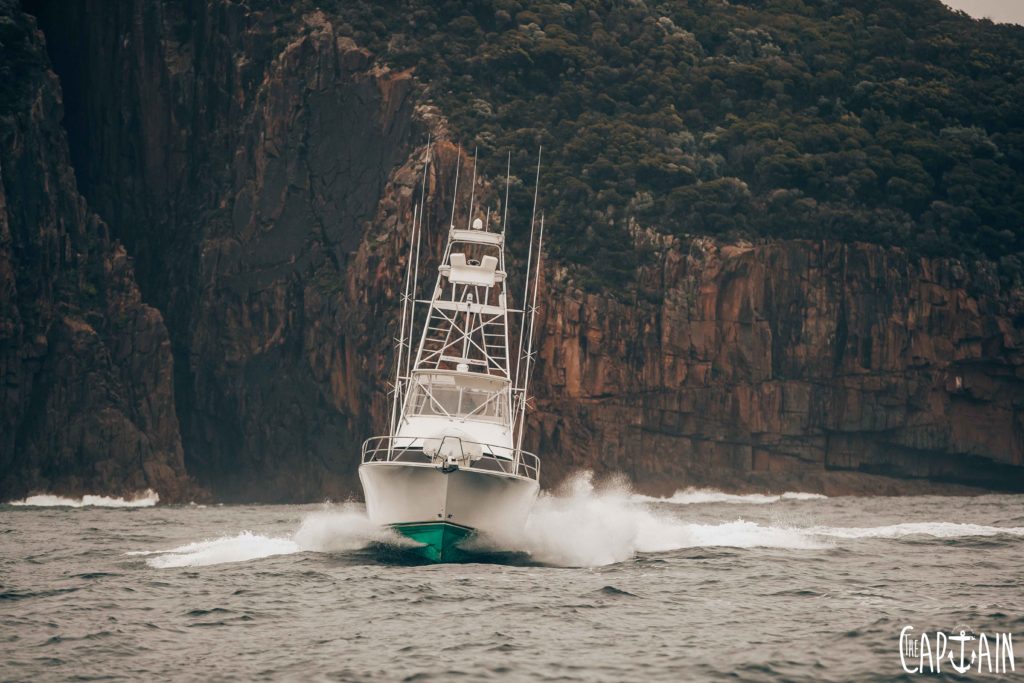
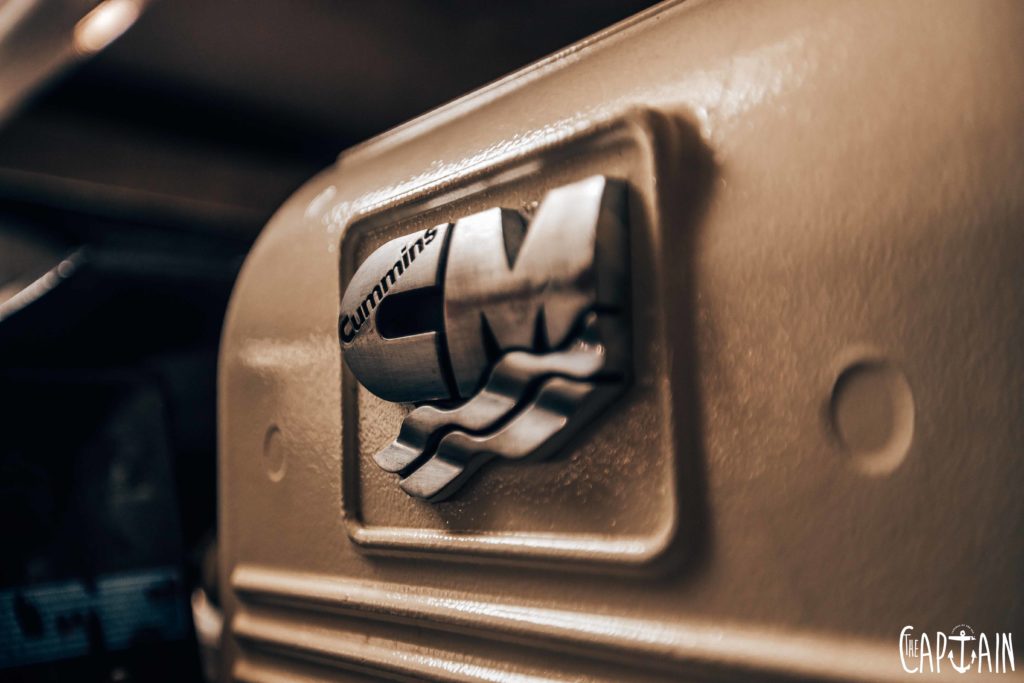
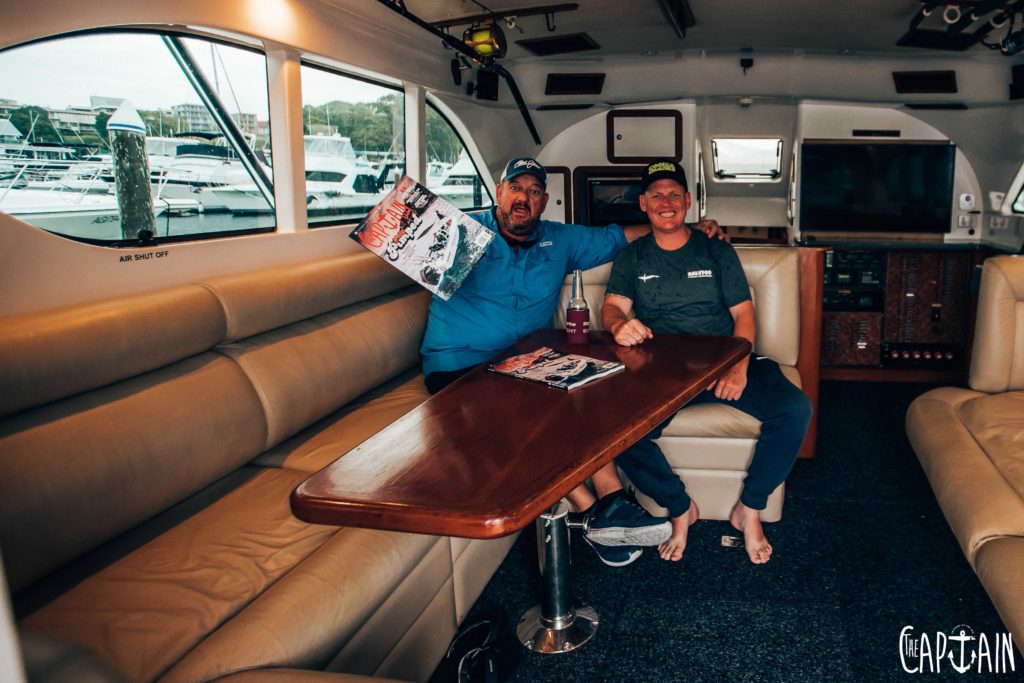
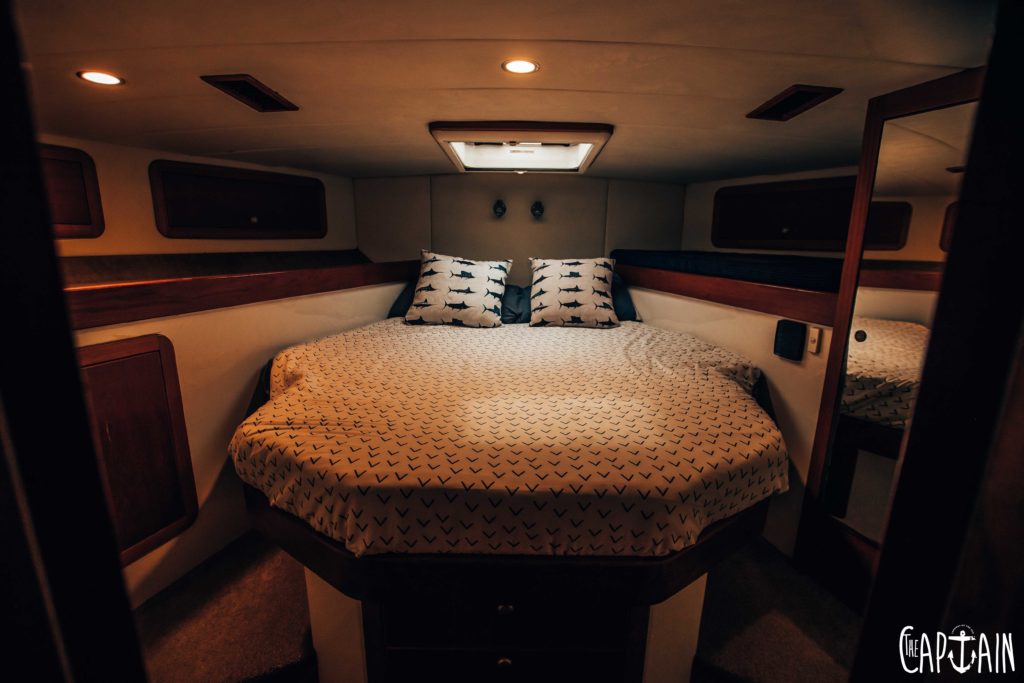
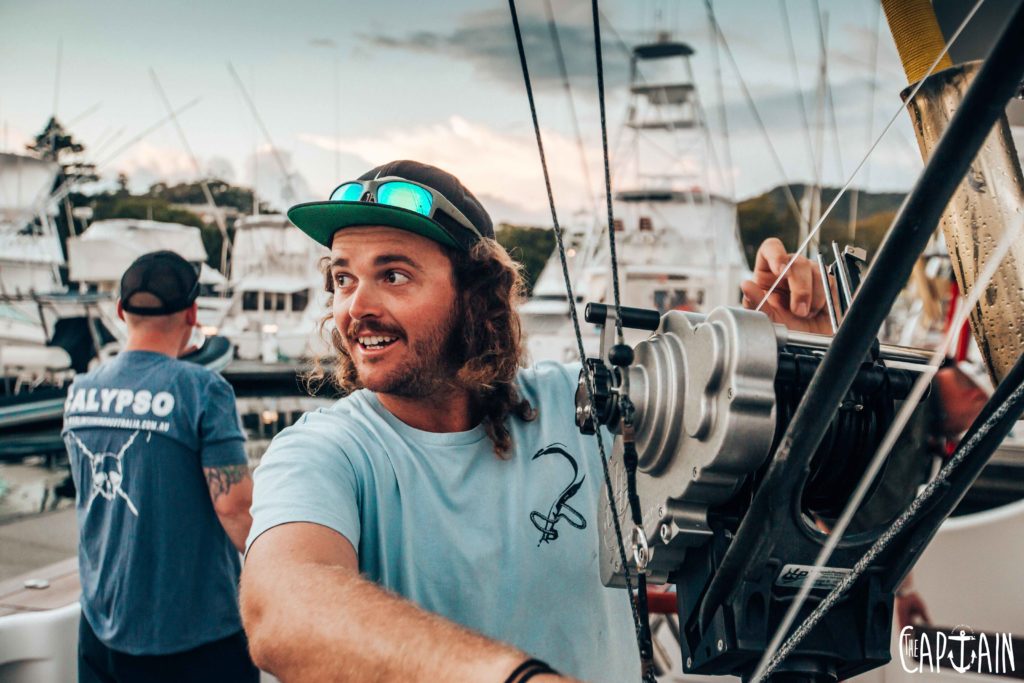
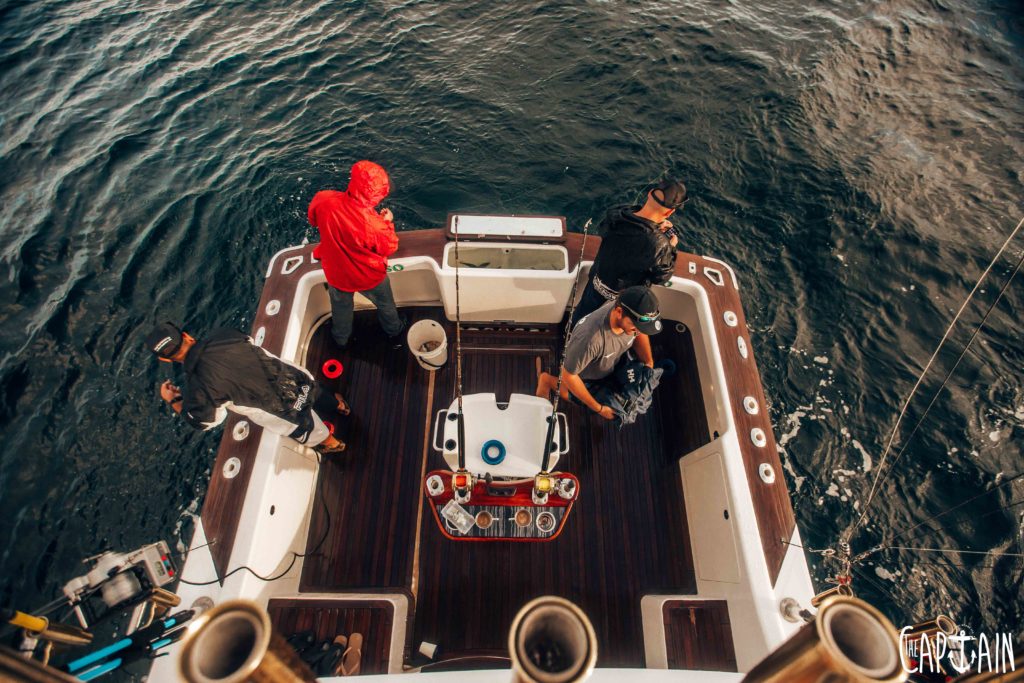
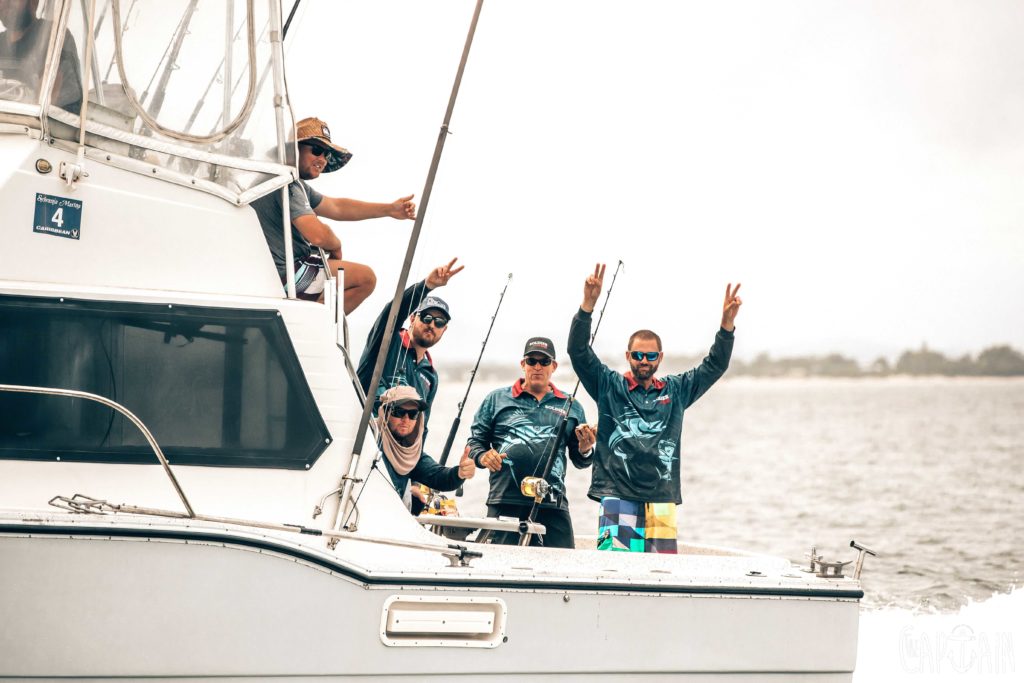
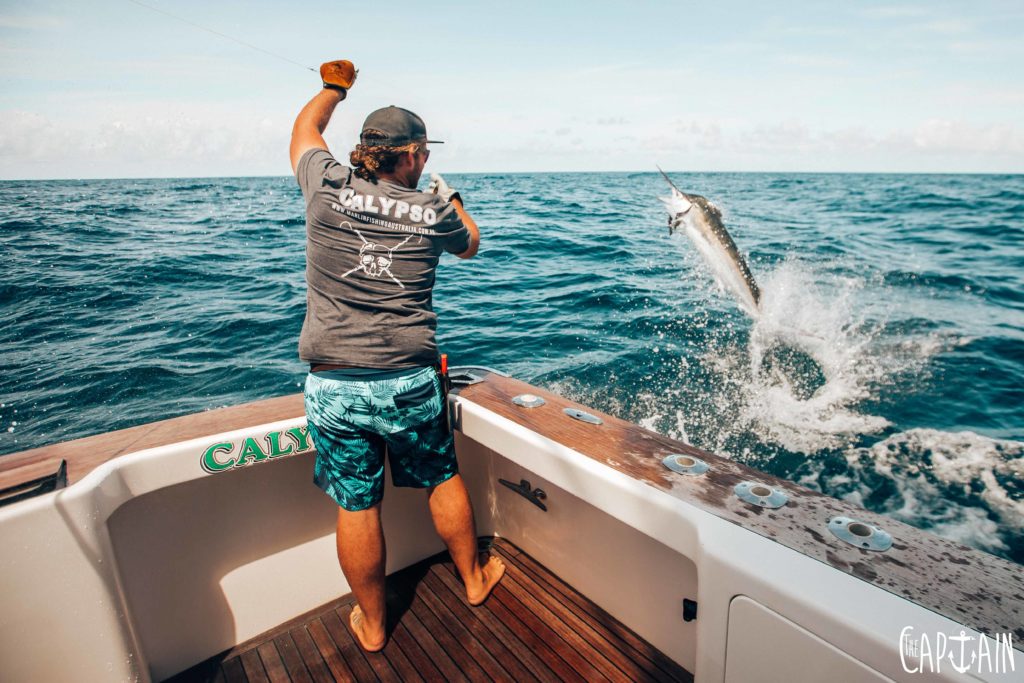
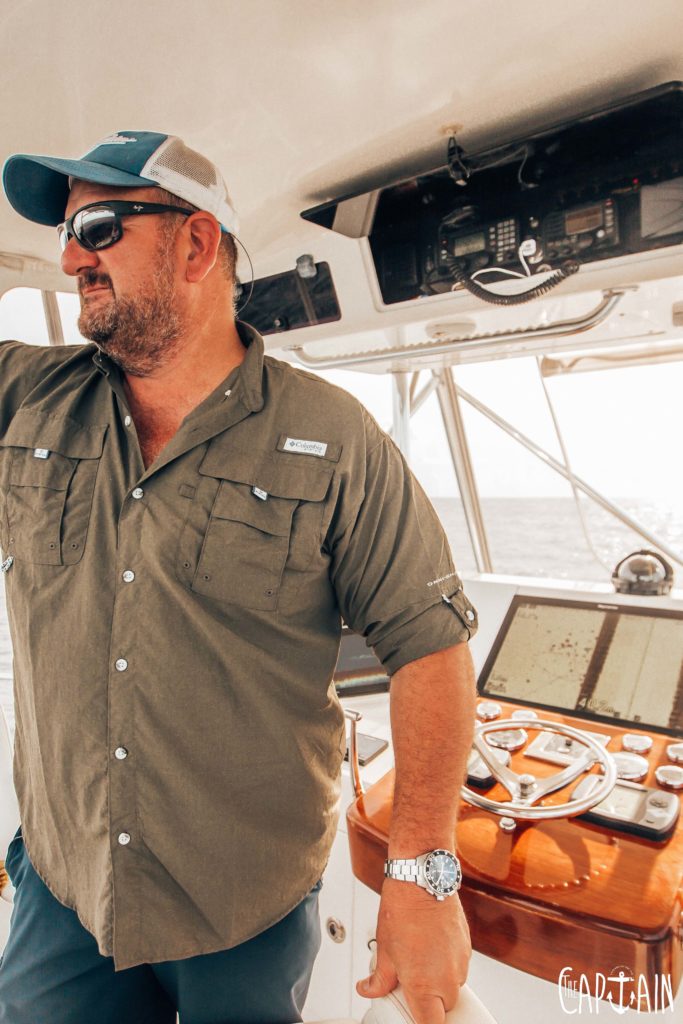
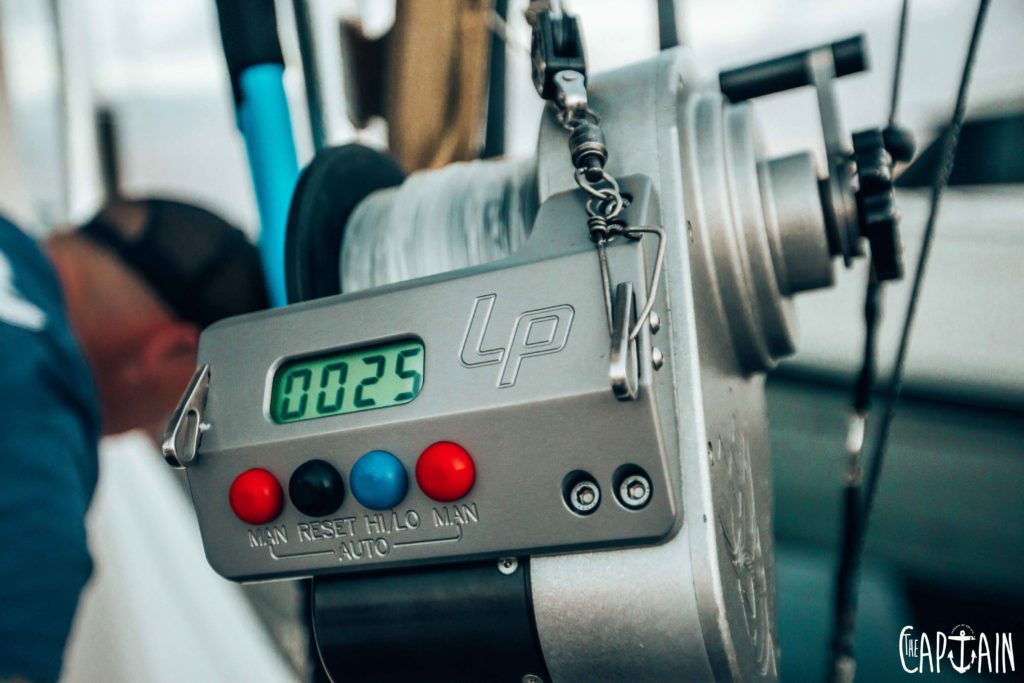
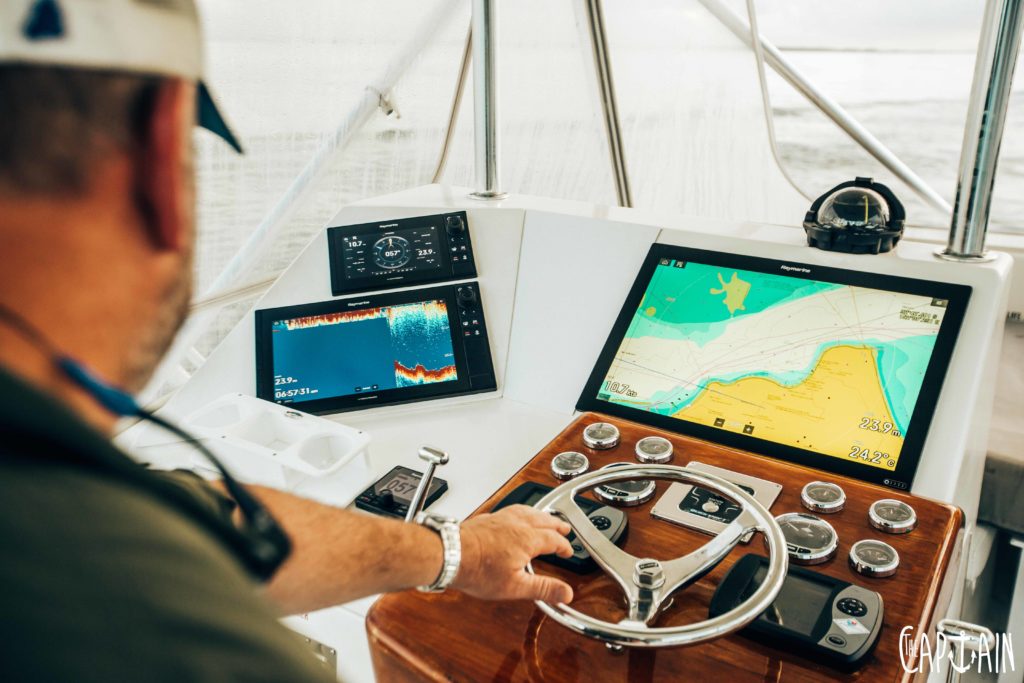
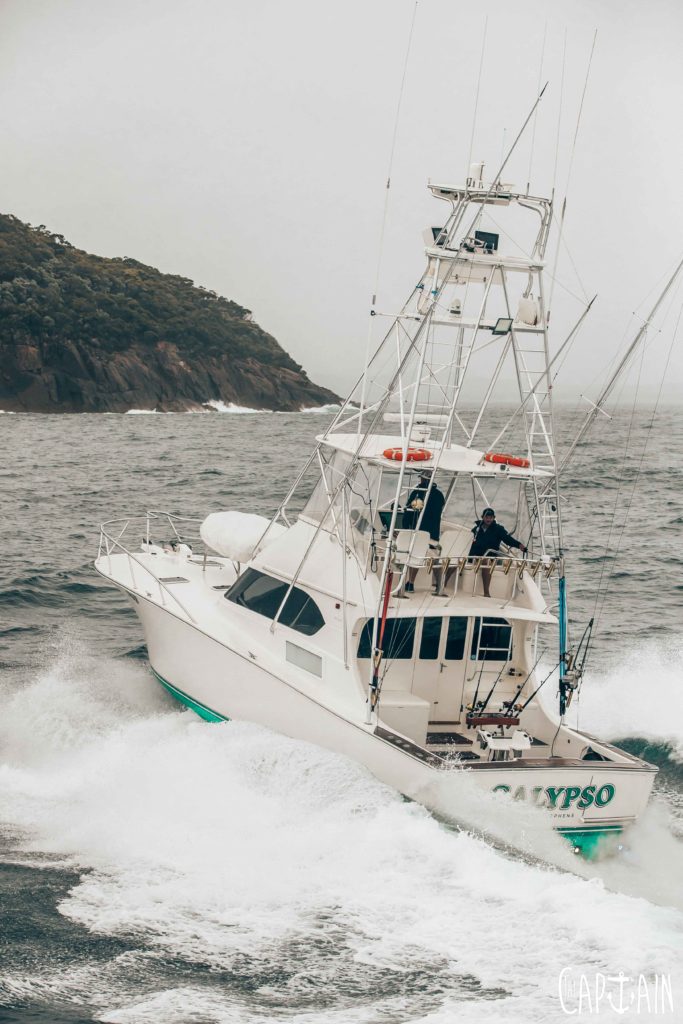
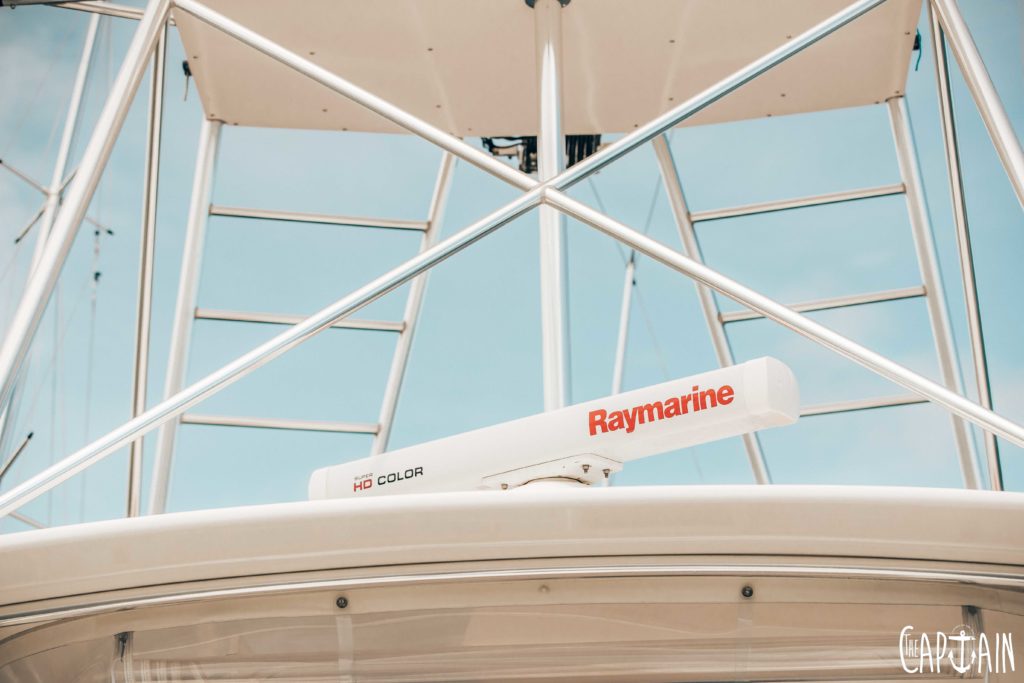
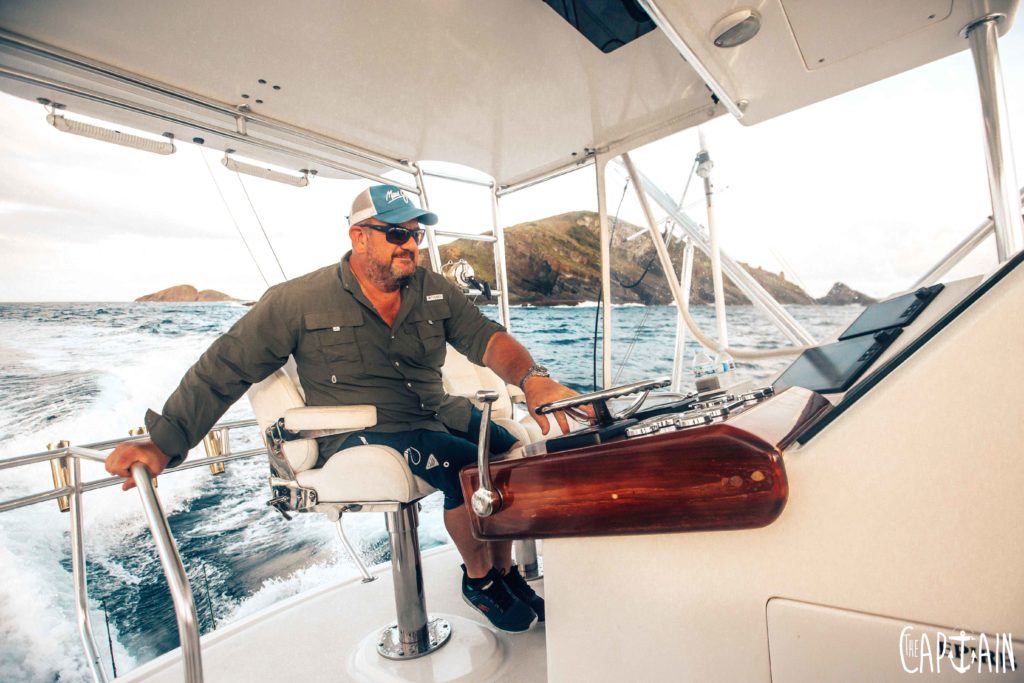
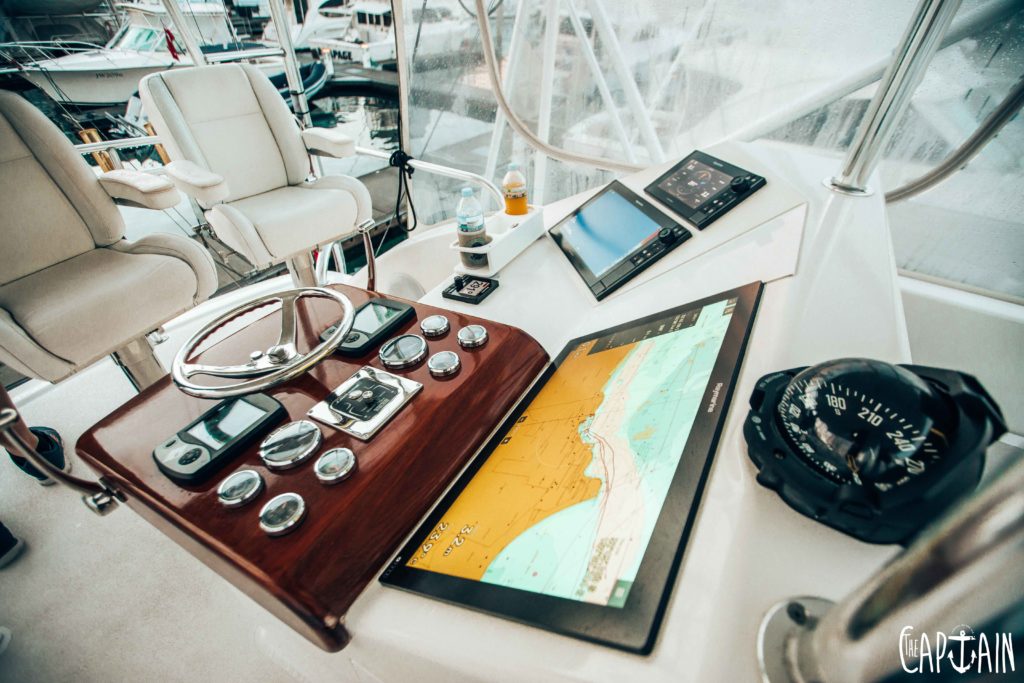
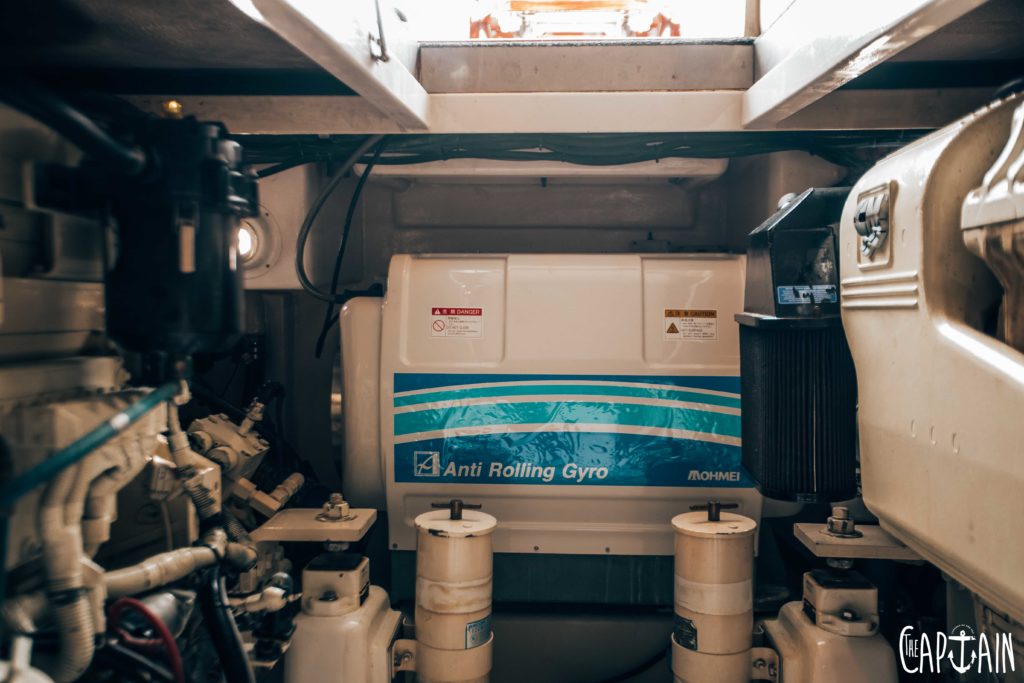
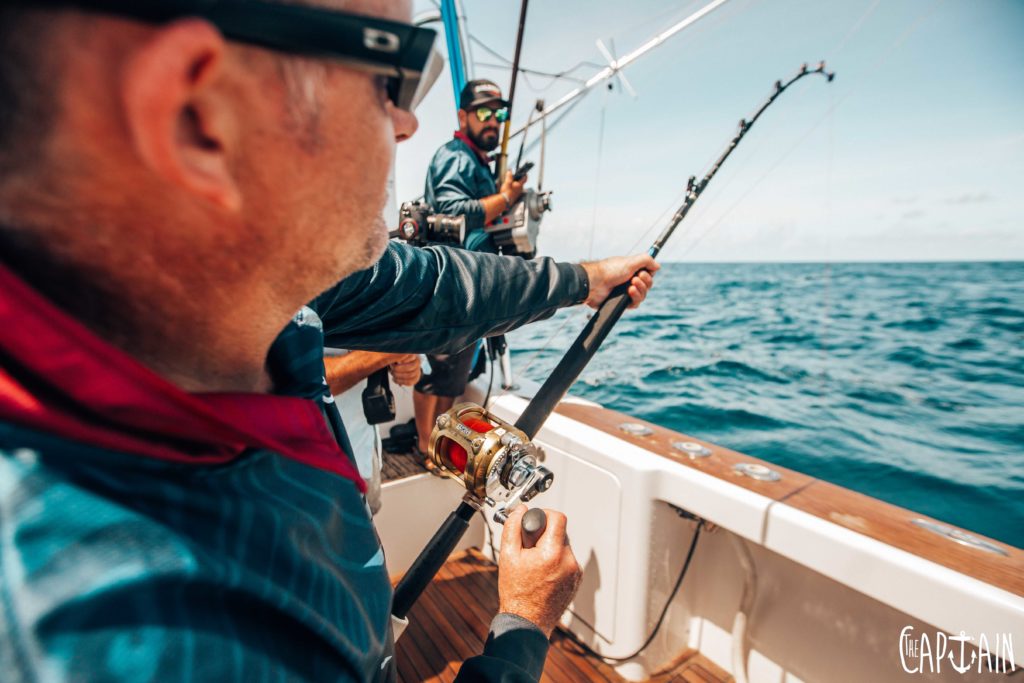
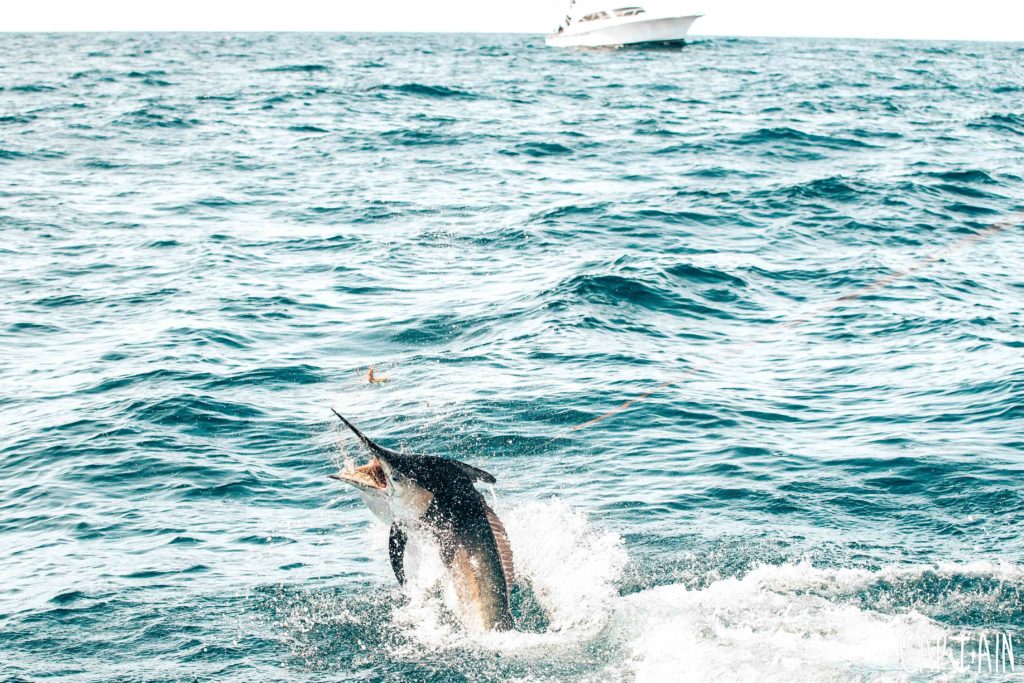
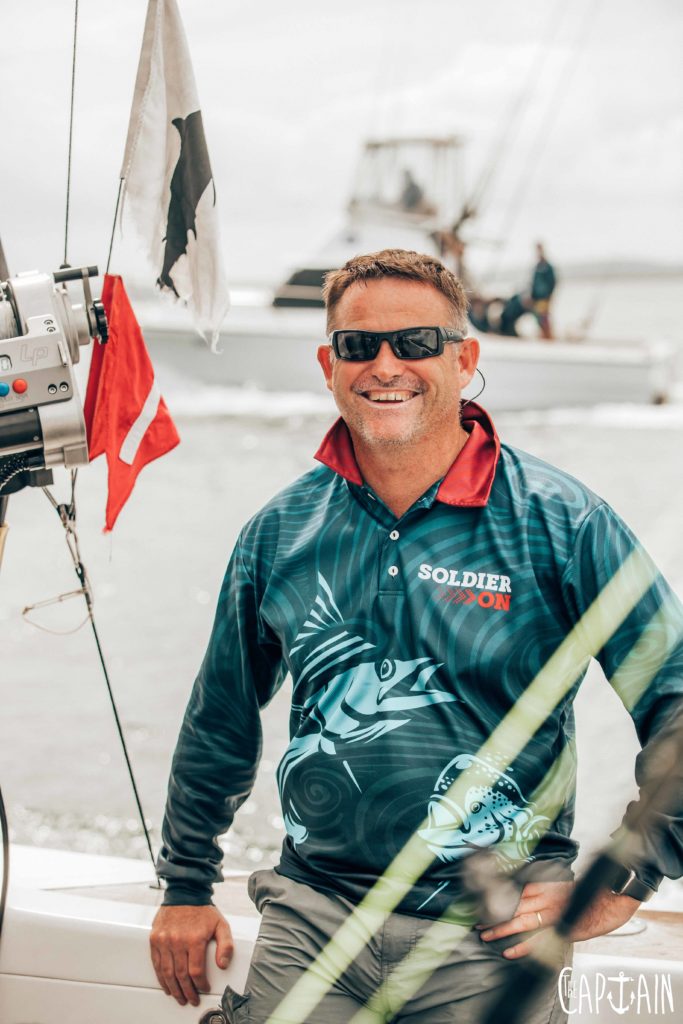
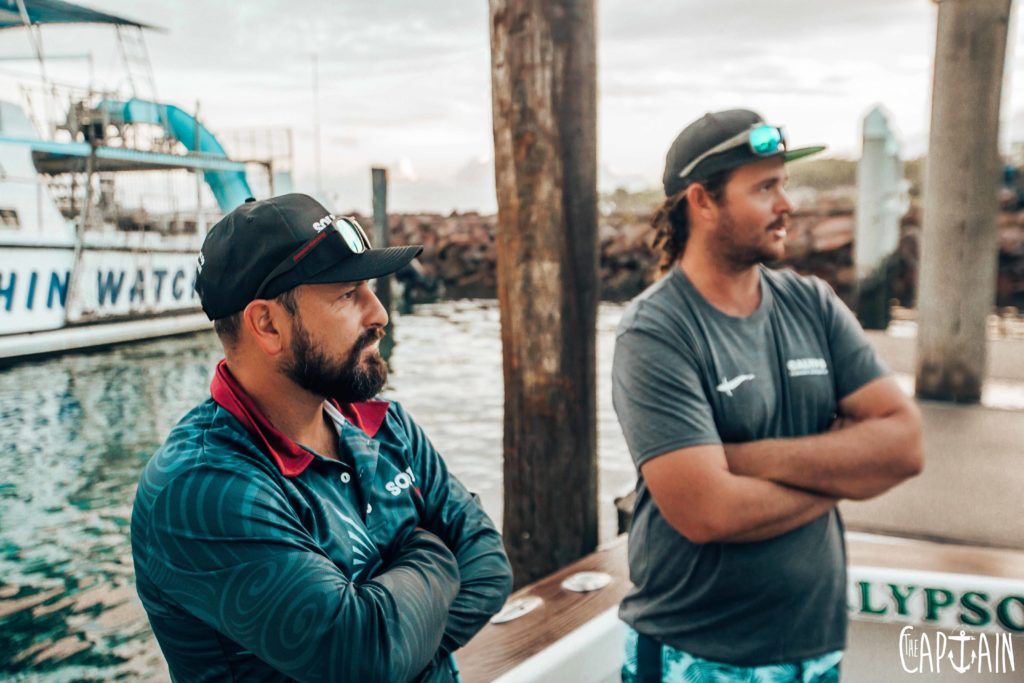
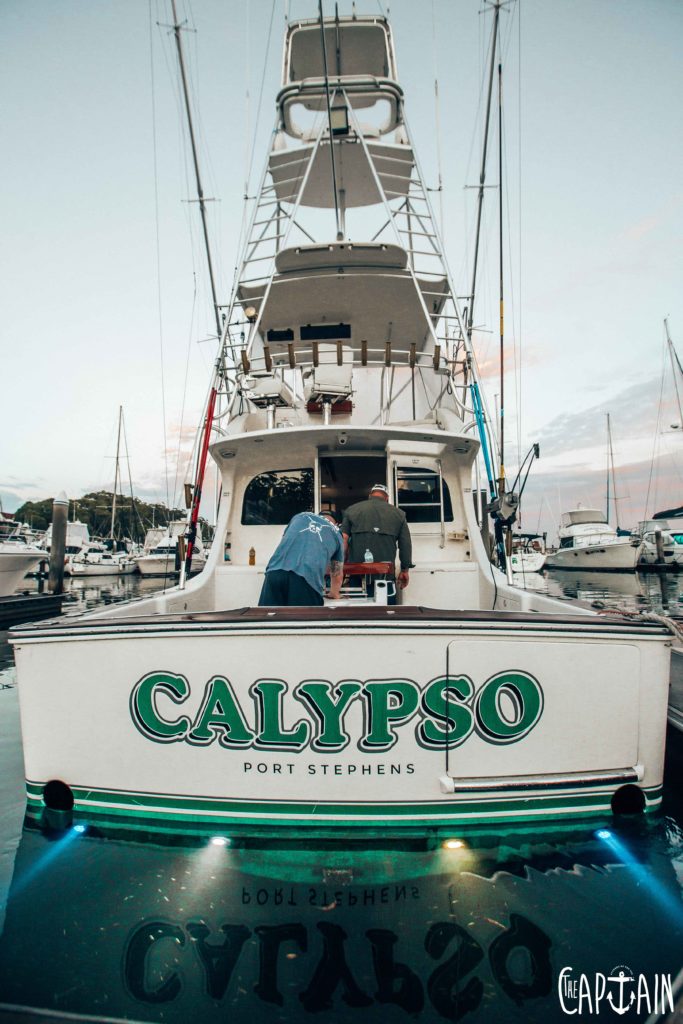
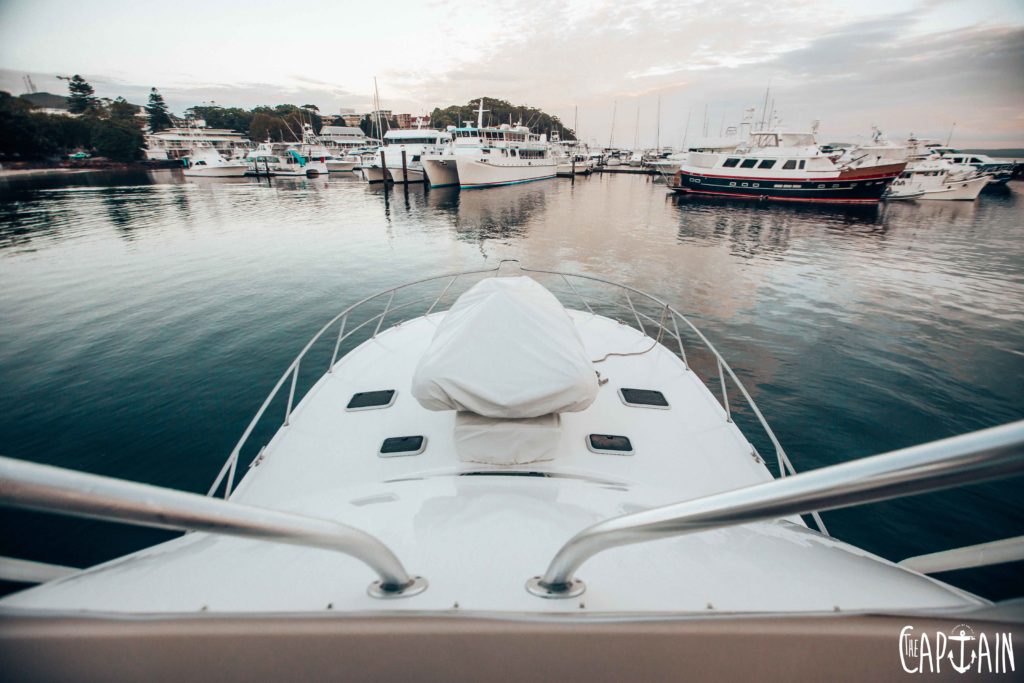
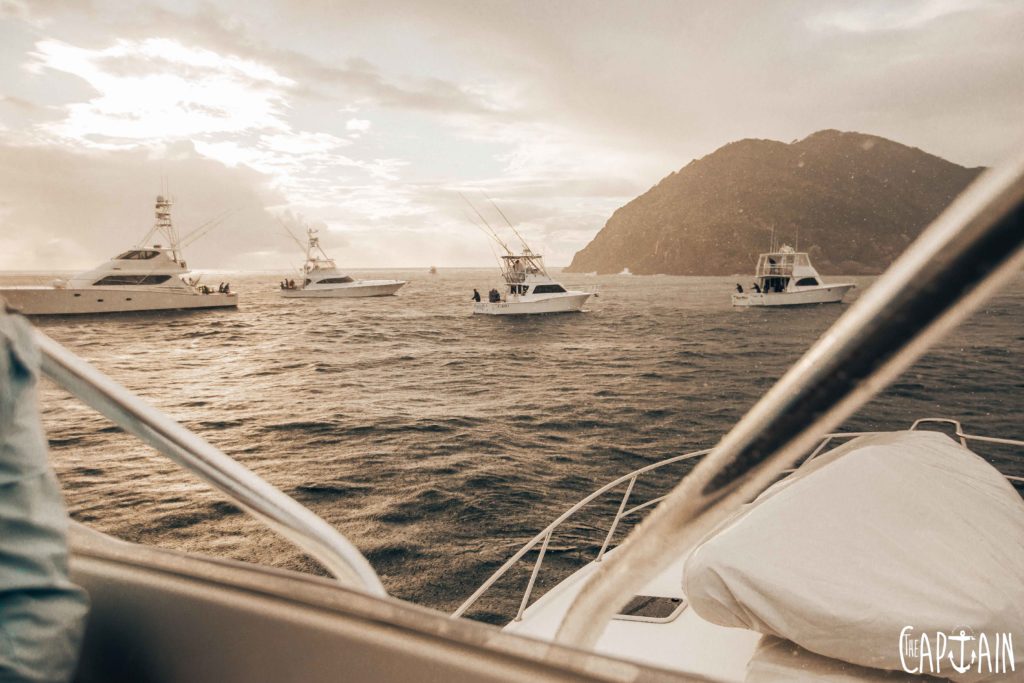
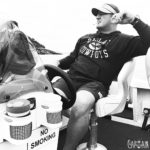
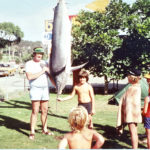
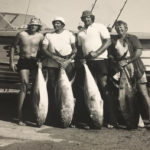
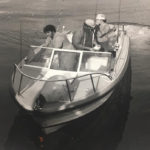
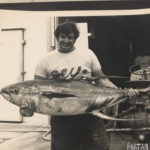
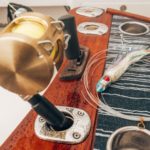
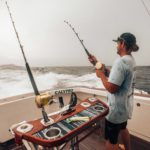
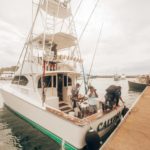
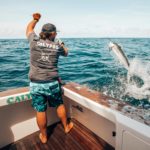
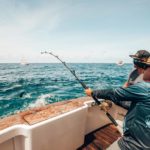
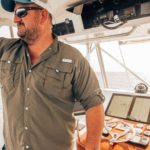
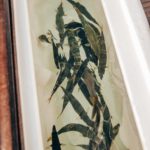
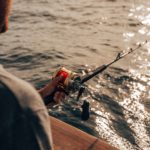
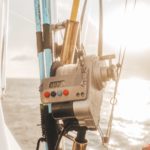
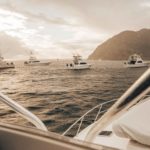
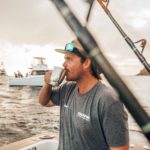
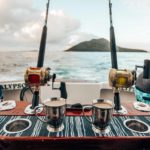
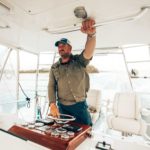
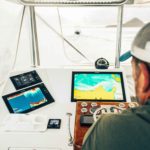
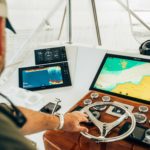
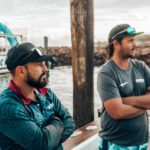
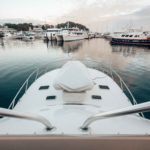
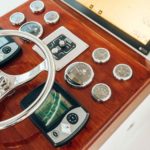
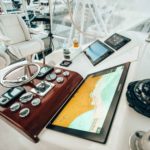
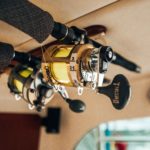
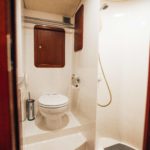
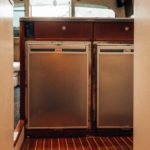
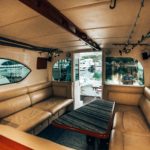
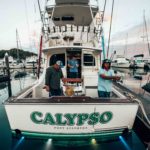
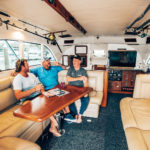
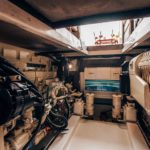

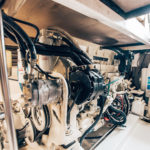
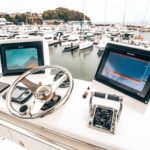
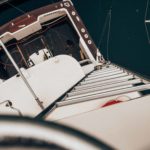
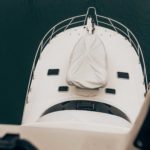
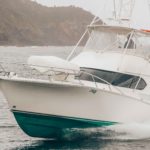
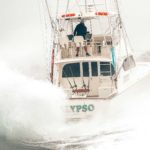
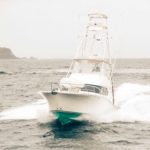
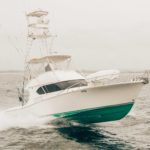
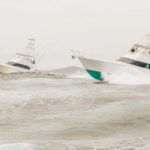
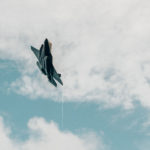
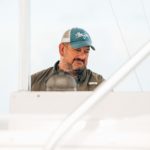
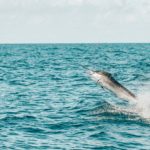
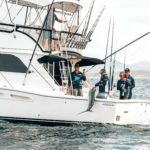
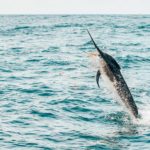
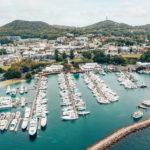
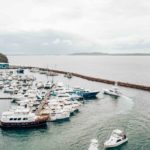
Recent Comments